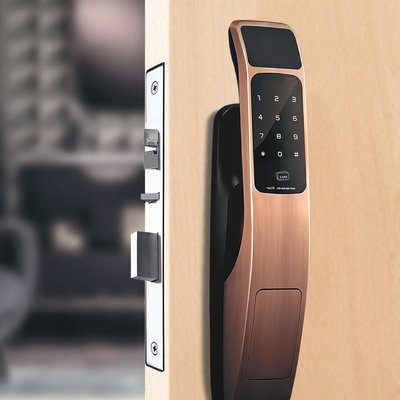
With the rapid development of Internet of Things technology, smart locks have been widely used as an important part of home security and smart home. The smart lock chip, as its core component, plays a crucial role. In this paper, the advantages of the smart lock chip in ultra-low power consumption and high anti-interference, and its impact on the overall system performance will be deeply discussed.
The necessity of ultra-low power consumption
First,ultra-low power technology is particularly important in smart locks. Smart locks are usually battery-powered, and the service life of traditional mechanical locks can reach several years, while the battery life of smart locks directly affects their user experience. If the smart lock chip power consumption is too high, the battery needs to be replaced frequently, which will greatly reduce the convenience and satisfaction of users. Therefore, designing a smart lock chip with ultra-low power consumption is the basic requirement of smart lock development.
In addition, the smart lock is often in a standby state, only waking up when the user approaches or needs to open the lock. Therefore, the standby power consumption of EP2AGX45DF29I3N chip must be as low as possible. In this context, the use of low-power design can effectively extend the use of equipment, reduce the frequency of maintenance and battery replacement, and thus reduce the overall cost of ownership.
The importance of high anti-interference capability
The working environment of smart locks is often complex and changeable. For example, smart locks may be installed in environments that change frequently, such as homestays, restaurants, etc. There may be multiple wireless signal sources in these locations, such as Wi-Fi, Bluetooth, etc. The smart lock chip must have good anti-interference ability to ensure its stability and reliability. Any communication failure may lead to the normal use of the smart lock, which affects the user's sense of security and complaint rate.
The high anti-interference ability is not only the guarantee of the normal operation of the smart lock, but also the security of the entire smart home system. If the smart lock chip is too sensitive to the signal interference of other devices, it may lead to problems in multi-device cooperation, such as the linkage with security cameras and alarms. Therefore, enhancing the anti-interference ability of the smart lock chip in the complex electromagnetic environment has become a key factor that must be considered in the design.
Design characteristics of intelligent lock chip
In order to achieve the two goals of ultra-low power consumption and high anti-interference, the design of smart lock chip needs to apply a number of technologies. First, an efficient power management strategy is critical. By using advanced low-power processor architecture, combined with dynamic voltage regulation (DVS) and dynamic frequency regulation (DVFS) technologies, power consumption can be intelligently adjusted under different operating states. In addition, smart hardware design, such as reducing static power consumption and optimizing the power management unit (PMU), can also effectively reduce power consumption.
In terms of anti-interference ability, the smart lock chip can improve its anti-interference ability through multi-antenna technology, differential signal transmission and frequency hopping. The multi-antenna technology allows the device to select the best signal source when receiving the signal, thus reducing the signal attenuation caused by environmental factors. Differential signal can effectively suppress common-mode noise, improve signal integrity and anti-interference ability. At the same time, frequency hopping technology allows the device to change rapidly between multiple frequencies, avoiding the interference problems that can be caused by operating on a single frequency.
In addition, software optimization can not be ignored. By optimizing the protocol stack, reducing the frequency of signal interaction and the size of data packets, it is helpful to reduce the power consumption of the chip and improve the anti-interference ability of the system. The designer can realize the low-power wake-up function at the software level, so that the chip can stay dormant when it is not disturbed and respond quickly when the system needs it.
Application examples and market prospects
In recent years, there are a wide variety of smart lock products on the market, and smart lock chips using ultra-low power consumption and high anti-interference technology are gradually becoming an important standard for market competition. For example, a new smart lock launched by a well-known smart lock brand uses the latest low-power chip and has successfully obtained a number of international certifications through the test of application scenarios. In the course of up to a year of use, its battery life has reached the expected high standard, fully demonstrating the advantages of ultra-low power consumption.
In addition, with the promotion and popularization of 5G technology, the anti-interference ability of smart locks is facing new challenges. The high-density interaction between 5G devices increases the possibility of signal interference, and chips with high anti-interference capabilities will undoubtedly occupy an important position in the future smart lock market. Consumer demand for smart home products continues to increase, which also promotes the continuous innovation of smart lock technology, and puts forward higher requirements for chip design.
In the international market, the demand for smart locks is increasing, especially in Europe and the United States and other countries, smart locks have gradually become the standard of newly renovated homes. With the advancement of technology, as well as the improvement of low power consumption and high anti-interference technology, the development of smart lock chips in the future will be more toward the direction of intelligence, convenience and security.
The Products You May Be Interested In
 |
356 | TRIMMER 10K OHM PC PIN TOP ADJ | 496 More on Order |
 |
559 | RUGGED METAL PUSHBUTTON | 396 More on Order |
 |
481 | RUGGED METAL PUSHBUTTON | 499 More on Order |
 |
1185 | SWITCH PUSHBUTTON SPST-NO RED | 427 More on Order |
 |
189 | PIR (MOTION) SENSOR | 591 More on Order |
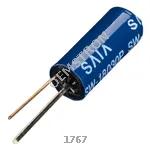 |
1767 | SLOW VIBRATION SENSOR SWITCH (HA | 2751 More on Order |
 |
3809 | SMALL 6V 1W SOLAR PANEL - SILVER | 287 More on Order |
 |
3239 | 802.3AF POE OUTPUT DATA & POWER | 249 More on Order |
 |
629 | STARTER PK EL PANEL 10X10CM BLUE | 114 More on Order |
 |
675 | PIPING EL WIRE SEWABLE 5M AQUA | 323 More on Order |
 |
403 | ELECTROLUMINESCENT WIRE RED 2.5M | 139 More on Order |
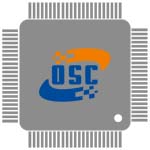 |
2535 | NEOPIXEL DIGITAL RGB LED STRIP - | 485 More on Order |
 |
2038 | ADDRESS LED MATRIX I2C WHITE | 279 More on Order |
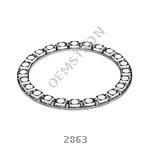 |
2863 | ADDRESS LED RING SERIAL RGBW | 119 More on Order |
 |
2559 | ADDRESS LED STRIP SERIAL RGB 1M | 465 More on Order |
 |
4222 | NEOPIXEL TRIPLE-RING BOARD WITH | 272 More on Order |
 |
3635 | ADDRESS LED STRIP 1M | 532 More on Order |
 |
2963 | ADDRESS LED STRIP SERIAL RGB 1M | 343 More on Order |
 |
1002 | ADDRESS LED 7 SEG I2C WHITE | 465 More on Order |
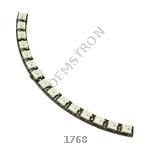 |
1768 | ADDRESS LED RING 1/4 SERIAL RGB | 686 More on Order |
 |
1596 | DISPLAY TFT 5"" 40P 800X480 TOUCH | 204 More on Order |
 |
2050 | 3.5"" TFT 320X480 TOUCHSCREEN | 608 More on Order |
 |
4163 | FIBER OPTIC TUBE 4MM DIA 1M | 257 More on Order |
 |
3627 | LCD DISPLAY LCD LIGHT VALVE | 269 More on Order |

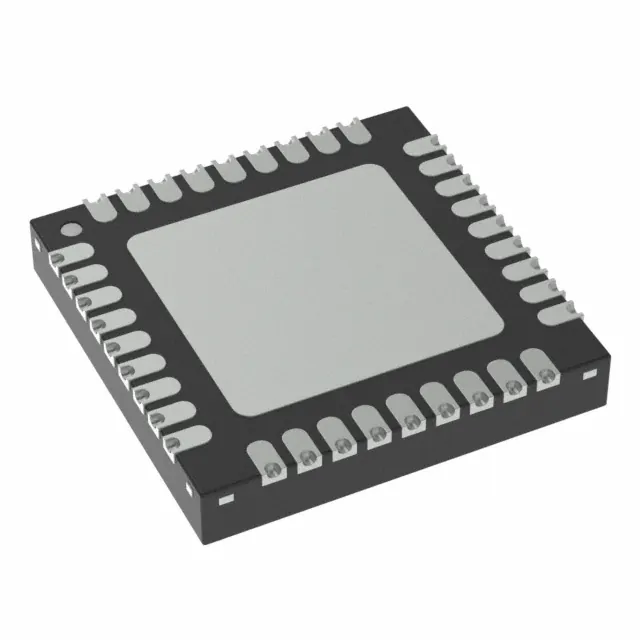 Semiconductors
Semiconductors









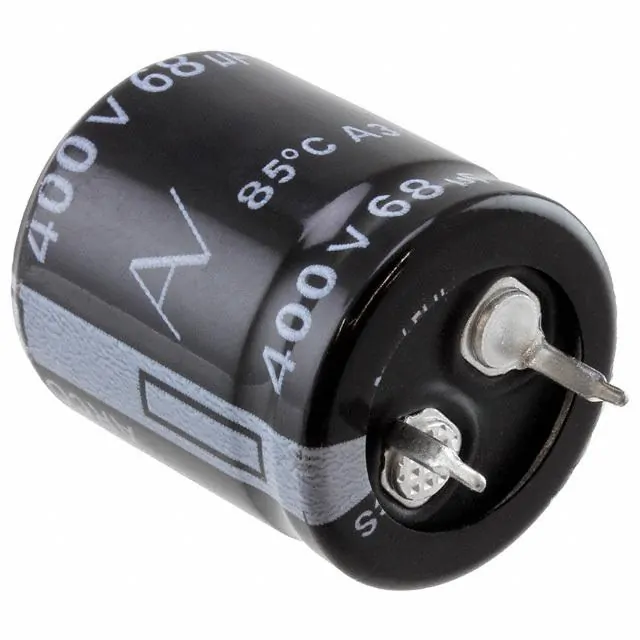 Passive Components
Passive Components









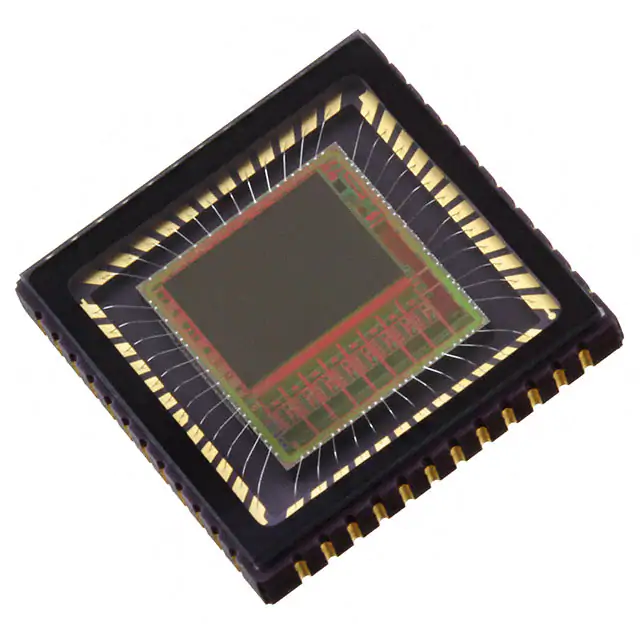 Sensors
Sensors








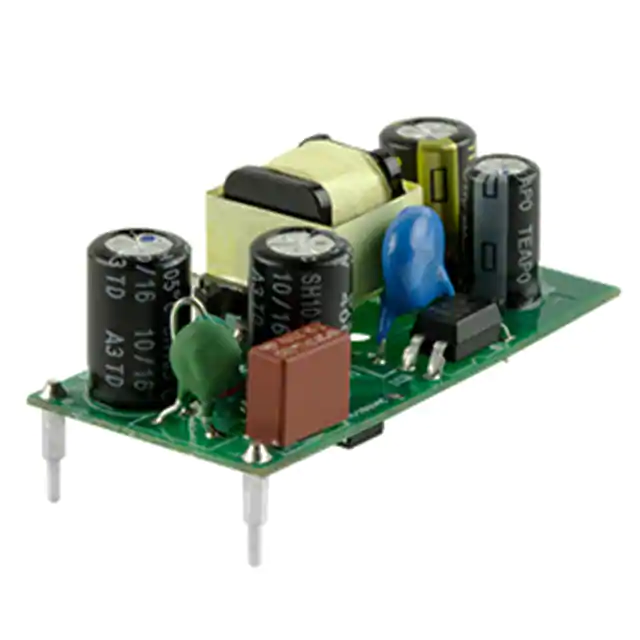 Power
Power









 Optoelectronics
Optoelectronics








